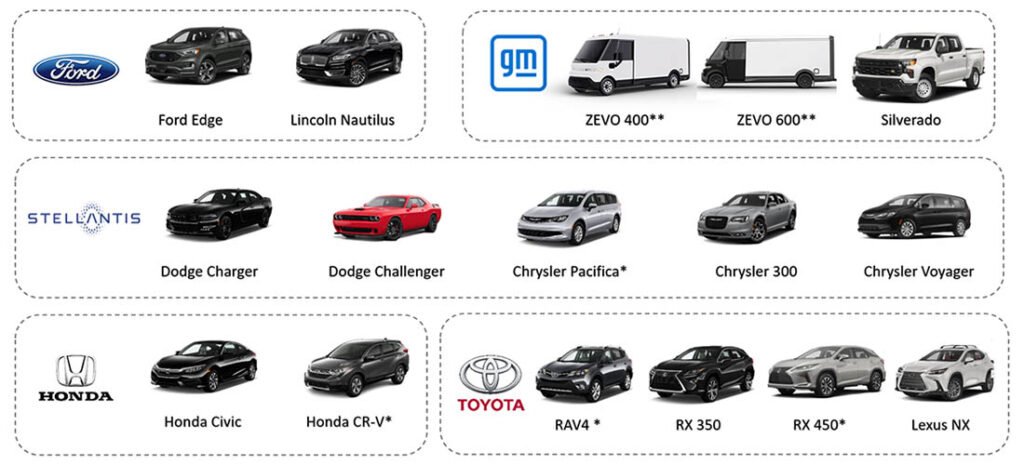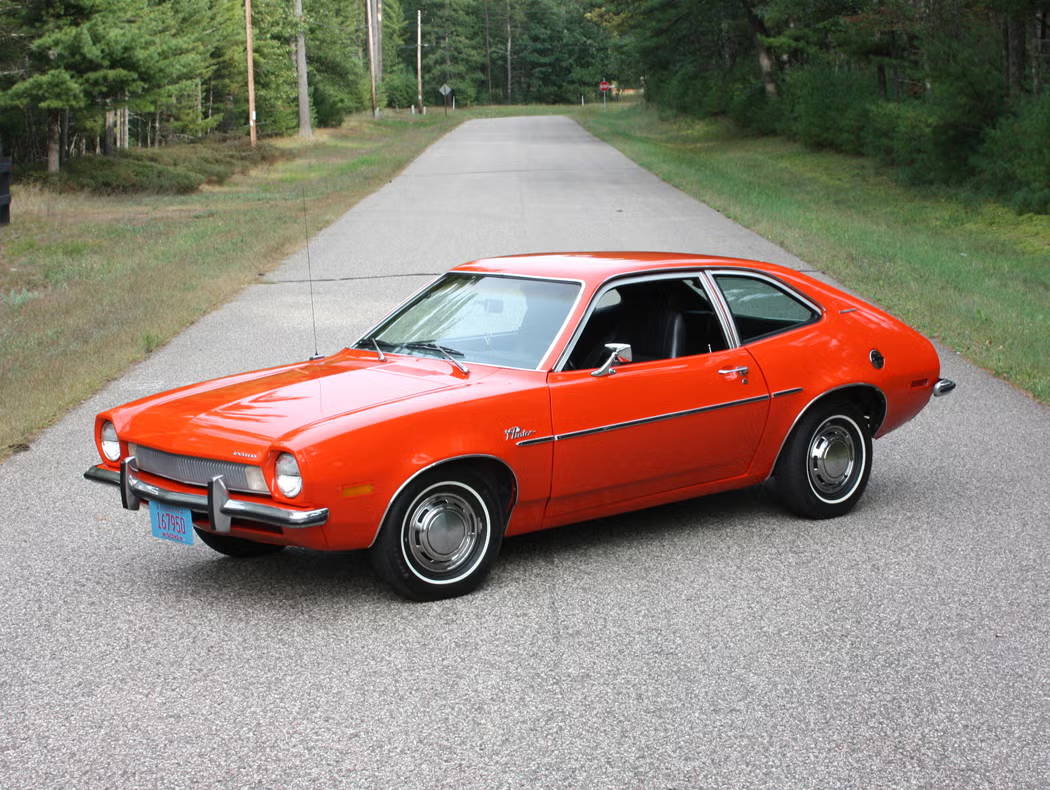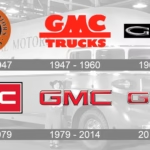
What Cars Are Made in Canada? A Deep Dive Into Canadian Automotive Manufacturing

Canada has long been a crucial player in North America’s automotive manufacturing industry. With a skilled labour force, proximity to the U.S. market, and established trade agreements like the United States-Mexico-Canada Agreement (USMCA), Canada continues to play a significant role in building vehicles for both domestic and global markets. As of 2025, several major automotive manufacturers produce vehicles and auto parts across Canada. This article explores which cars are made in Canada, highlighting manufacturing facilities, brands, production models, and the evolving role of EV production.
Overview of Canada’s Automotive Manufacturing Sector
Limited Time Automotive Amazon DealsCanada ranks among the top 15 vehicle-producing countries in the world. The country’s automotive production is concentrated primarily in Ontario, which houses all five of the global automakers with manufacturing operations in Canada: Ford, General Motors (GM), Stellantis (formerly Fiat Chrysler), Toyota, and Honda. Combined, these manufacturers employ over 125,000 Canadians and contribute billions to the national economy.
The country is also witnessing a transformation toward electric vehicle (EV) production, bolstered by billions in investments and government incentives.
Automakers and Vehicles Built in Canada (2025)
Limited Time Automotive Amazon DealsHere’s a detailed look at the automakers and the specific models currently produced in Canada:
| Manufacturer | Assembly Location(s) | Vehicles Produced in 2025 |
|---|---|---|
| Honda | Alliston, Ontario | Honda CR-V, Honda Civic |
| Toyota | Cambridge & Woodstock, Ontario | Toyota RAV4, Lexus RX |
| Ford | Oakville, Ontario | Ford Edge (ending), New EVs TBA |
| Stellantis (Chrysler) | Windsor & Brampton, Ontario | Chrysler Pacifica, Chrysler 300 (ending), Dodge Charger/Challenger (ending) |
| General Motors | Oshawa, Ingersoll, St. Catharines | Chevrolet Silverado, BrightDrop Zevo 600 (EV van) |
1. Honda Canada Manufacturing (HCM) – Alliston, Ontario
Honda has been manufacturing cars in Alliston since 1986 and remains one of the most significant automotive employers in Canada.
- Honda Civic: Produced in Canada for decades, the Civic remains a staple vehicle, especially for Canadian consumers. Alliston is the global lead plant for the Civic.
- Honda CR-V: One of Canada’s best-selling SUVs, also assembled at the Alliston facility.
Honda Canada employs over 4,200 associates and has invested more than $4.7 billion in Canadian operations since inception. Honda’s plants in Canada are also leading the company’s North American push toward hybridization.
2. Toyota Motor Manufacturing Canada (TMMC) – Cambridge & Woodstock, Ontario
Toyota is the largest automotive manufacturer in Canada by volume and the only plant outside of Japan to produce Lexus vehicles.
- Toyota RAV4: Both the RAV4 and the RAV4 Hybrid are made in Woodstock and Cambridge, making Canada a key exporter of this popular SUV.
- Lexus RX: The Cambridge facility produces both the Lexus RX 350 and RX 500h models, demonstrating Canada’s capability in luxury manufacturing.
TMMC’s three plants in Ontario produce over 500,000 vehicles annually and employ more than 8,500 Canadians.
3. Ford Motor Company of Canada – Oakville, Ontario
Ford has produced vehicles in Oakville for over 60 years. While the Ford Edge and Lincoln Nautilus have historically been manufactured here, 2023 marked the final production year for the Nautilus, and Edge production is scheduled to end by mid-2025.
Transition to EVs: Ford is transforming the Oakville Assembly Complex into an EV production hub. By 2026, the facility is expected to start producing next-generation electric vehicles, with a $1.8 billion investment supported by federal and provincial governments. The shift is part of Ford’s larger commitment to EV manufacturing across North America.
4. Stellantis (formerly Fiat Chrysler) – Windsor & Brampton, Ontario
Stellantis owns and operates two major vehicle assembly plants in Canada.
- Windsor Assembly Plant: The home of the Chrysler Pacifica minivan, including the plug-in hybrid version. This is one of the largest vehicle assembly facilities in the country.
- Brampton Assembly Plant: Produces the Chrysler 300, Dodge Charger, and Dodge Challenger, although all three models are scheduled to be discontinued or transitioned by the end of 2025.
EV Production Ahead: Stellantis has announced multi-billion-dollar investments in Canadian operations to pivot toward EVs, including plans for a new battery plant in partnership with LG Energy Solution in Windsor.
5. General Motors Canada – Oshawa, Ingersoll, St. Catharines, Ontario
After briefly shutting down the Oshawa Assembly Plant in 2019, GM reopened the facility in 2021 to produce Chevrolet Silverado pickup trucks, specifically tailored for the North American market.
- Oshawa Assembly: Builds heavy-duty and light-duty Silverado trucks.
- CAMI Assembly (Ingersoll): Reopened as Canada’s first all-electric vehicle plant, producing the BrightDrop Zevo 600 electric commercial van.
- St. Catharines: Supports engine and transmission production for GM vehicles.
These developments are part of GM’s plan to invest over $2 billion in Canada and convert its fleet to 100% electric by 2035.
Made-in-Canada Vehicles: Summary Table (2025)
| Vehicle | Manufacturer | Type | Location |
|---|---|---|---|
| Honda Civic | Honda | Compact Car | Alliston |
| Honda CR-V | Honda | Compact SUV | Alliston |
| Toyota RAV4 / RAV4 Hybrid | Toyota | Compact SUV | Woodstock, Cambridge |
| Lexus RX | Toyota | Luxury SUV | Cambridge |
| Ford Edge | Ford | Midsize SUV (ending) | Oakville |
| Chevrolet Silverado | GM | Pickup Truck | Oshawa |
| BrightDrop Zevo 600 | GM | Electric Van | Ingersoll |
| Chrysler Pacifica (incl. PHEV) | Stellantis | Minivan | Windsor |
| Chrysler 300 / Dodge Charger / Challenger | Stellantis | Sedans/Muscle Cars (ending) | Brampton |
The Future of Vehicle Manufacturing in Canada
As the global auto industry pivots toward electric and autonomous vehicles, Canada is actively investing to remain competitive. Government and private sector investments exceeding $25 billion have been announced since 2020, focusing on:
- Battery production and EV supply chains
- Re-tooling traditional factories for electric models
- R&D in clean technologies and autonomous driving
Companies like Stellantis, GM, and Ford are all transforming existing infrastructure to support EV production, making Canada a key part of North America’s EV ecosystem.
Conclusion
Canada’s automotive manufacturing industry remains vital to the national economy and continues to evolve with global trends. Vehicles like the Toyota RAV4, Honda Civic, Chevrolet Silverado, and Chrysler Pacifica are not only assembled by Canadian workers—they represent decades of industrial expertise and a growing commitment to electrification and sustainability.
With significant investments into EV production, battery technology, and advanced manufacturing, Canada is poised to remain a global leader in automotive manufacturing throughout the transition to electric mobility. Whether you’re driving a compact sedan or a luxury SUV, there’s a good chance it may have been made right here in Canada.
Add a comment Cancel reply
Categories
- Auto Detailing (1)
- Car News (2)
- Car Reviews (1)
- How To (1)
- Uncategorized (165)
Recent Posts
About us

Related posts


Peut-on vraiment se fier à la capacité de remorquage d’un véhicule?

What Does GMC Stand For? The Canadian Story Behind a Legendary Truck Brand








